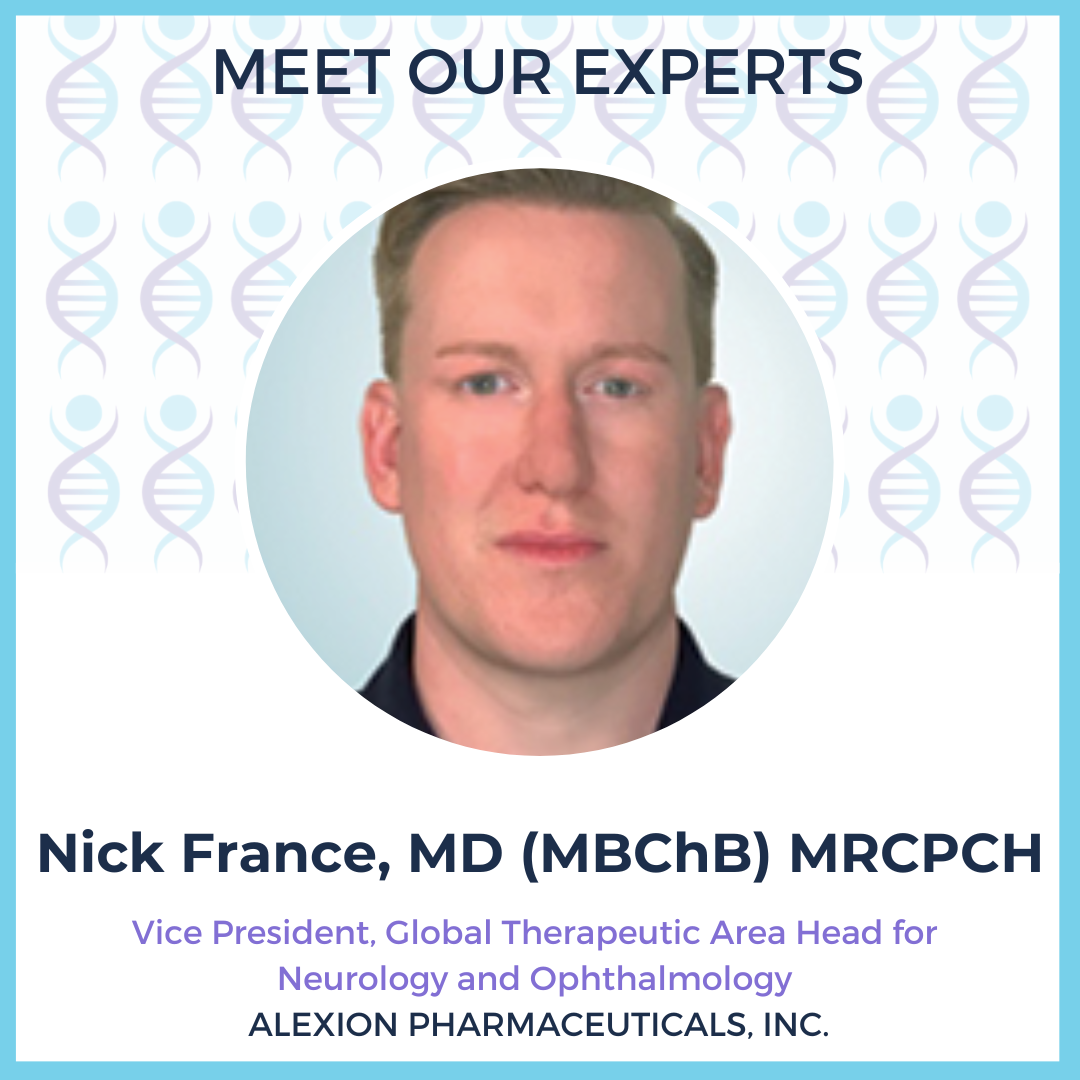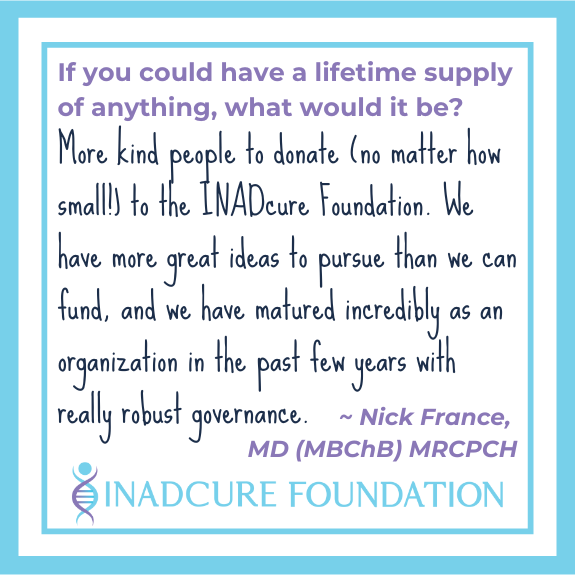
Vice President, Global Therapeutic Area Head for Neurology and Ophthalmology
Alexion Pharmaceuticals, Inc.
LET’S MEET: Dr. France
My day job involves leading and developing a team of physicians and scientists who are responsible for developing new medicines for rare diseases impacting the nervous system. We are involved in all stages of clinical drug research, from when new therapies are tried in humans for the first time up until approval.
As a practicing pediatrician in the intensive care unit, I was very concerned with how many patients would be repeatedly admitted with life-threatening events because of a rare genetic disease. The reason being that there were no treatments for them.
Children with common diseases such as asthma, diabetes, and epilepsy would spend a day or two in the unit, but not the children with rare diseases. In fact, many of them would die there. This was heartbreaking to observe, given the fact that multiple other (common) diseases had effective treatments. Around the same time, the Orphan Drug Act (and other similar incentives) began to impact a handful of rare diseases in which lifesaving therapies had been successfully developed. With a background in pharmacology, I realized that the best use of my skillset would be to enter the biopharmaceutical industry so that I could help drive the development of new orphan drugs.
During my career, I have been fortunate enough to contribute in leadership roles to the development and approval of several new drugs. These include two of the first gene therapies, a small molecule (pill) for a rare lysosomal storage disorder, and an injection for a rare, life-threatening, bleeding disorder.
I was connected to the foundation through a colleague who knew of my specific interest in rare, genetically defined, neurodegenerative diseases in children. Around the same time, I was working on developing drugs for the brain that regulate how fats are processed. There continues to be a strong hypothesis that this biology is important in INAD and some rare forms of Parkinson’s disease. I had one meeting with Leena, and after hearing her story, I knew I had to get involved and help out.
After decades of research, and many ups and downs, we are now beginning to understand the gaps that need to be addressed in gene therapy, including the limitations and upsides of using viruses; the use of non-viral delivery platforms; and how biomarkers can help us select candidate drugs to move forward with. FDA has seen more and more data and the regulatory landscape has begun to take shape in a more predictable way. I am truly optimistic!
Definitely hearing patient stories. As a physician-scientist who has seen many children with rare diseases succumb to their illness, the impact on the patients and families is always front of mind for me. Whether it is learning more about the day-to-day struggles of living with a rare disease, or hearing of how a treatment has had a positive impact, these narratives are critical.
As a drug developer, it is easy to get bogged down in the science and technical operations of clinical trials, but understanding the patient perspective is foundational to developing meaningful therapies and keeping a line of sight to the end goal. the other aspect I love is collaborating with colleagues and diverse teams in other institutions. Drugs are made by teams, and it is a marathon
I am renovating a run-down 1870s home.
More kind people to donate (no matter how small!) to the INADcure Foundation. We have more great ideas to pursue than we can fund, and we have matured incredibly as an organization in the past few years with really robust governance. Given how rare INAD is, we have to pursue parallel programs to both explore fundamental biology as well as support work to help bring a safe and effective treatment forward. We can’t do one without the other, and we need to move fast.
I’m embarrassed to say, that I haven’t read a (nonfiction) book in years, but I read the London Times and FT every day to keep up to date on world issues.
Flight. I split my time between Boston (work) and New York (home)

